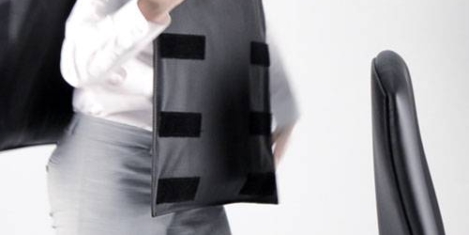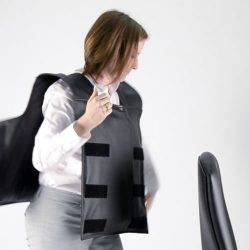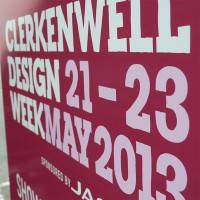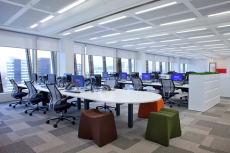June 27, 2013
Ergonomics of dishonesty. How desk size influences behaviour
The influence the design and layout of the workplace can have on productivity is widely acknowledged. Now, according to a new scientific study expansive physical settings like having a big desk to stretch out at work can cause individuals to feel more powerful, and in turn these feelings of power can elicit more dishonest behaviour such as stealing, cheating, and traffic violations. This might sound far-fetched but The Ergonomics of Dishonesty was written by a group of researchers at leading business schools, including Harvard, Columbia and Berkeley and is soon to be published in a forthcoming issue of the journal Psychological Science. Co-author Andy Yap, explained: “Our research shows that office managers should pay attention to the ergonomics of their workspaces. The results suggest that these physical spaces have tangible and real-world impact on our behaviours.” (more…)






















June 18, 2013
The democratisation of the workplace is changing how we work
by Andrew Brown • Comment, Facilities management, Flexible working, Furniture, Workplace
Work. We all, with some noticeable exceptions, are obliged to do some. If we are lucky we receive remuneration for our labour. This for me is at the heart of work. We are professionals. specialists, generalists, doers, thinkers, strategists or the people on the front line – but we all go to work. So, shouldn’t the people in charge – and just as importantly, the consultants they talk to about us workers – find out what makes us tick? Obviously, that is exactly the argument that many workplace consultants are making via Office Insight, via Twitter and in the property and FM media. Engaging with employees, via workshops forums or surveys such as Leesman or the more intelligently crafted employee surveys – I agree with all of it, but I think we might be missing something. We need to get back to what work is about.
(more…)